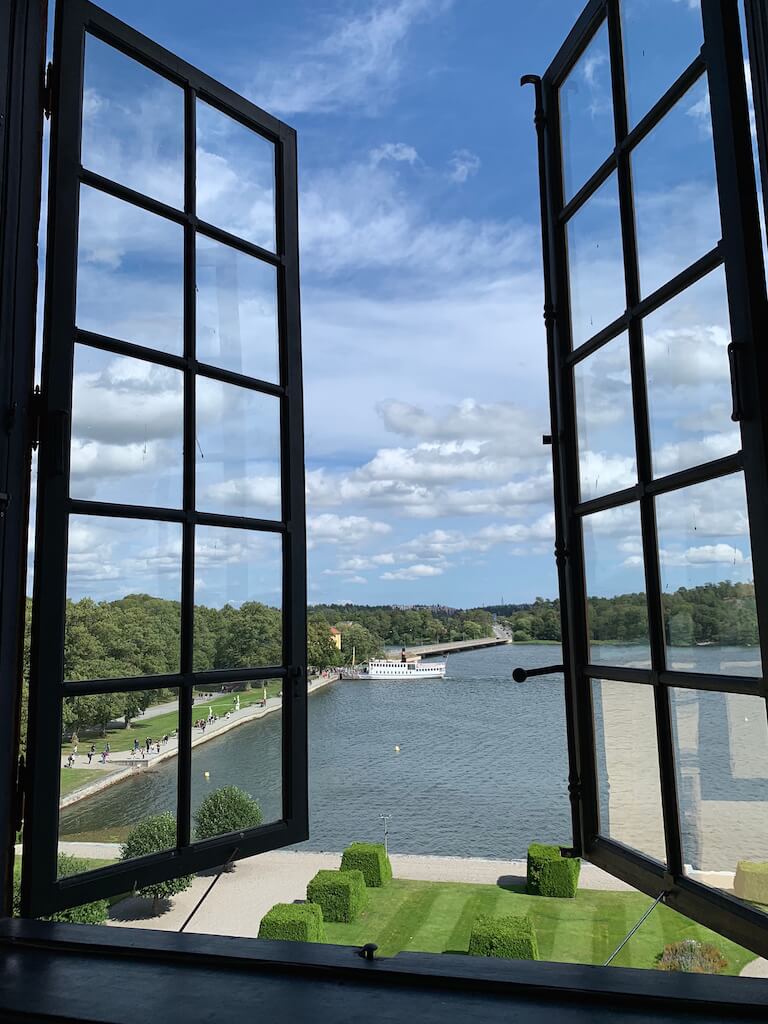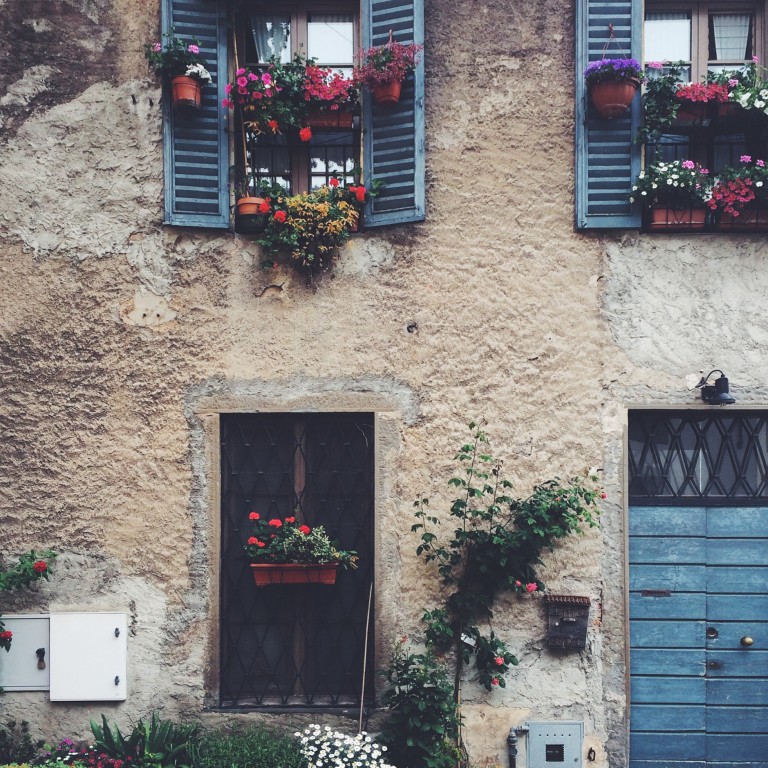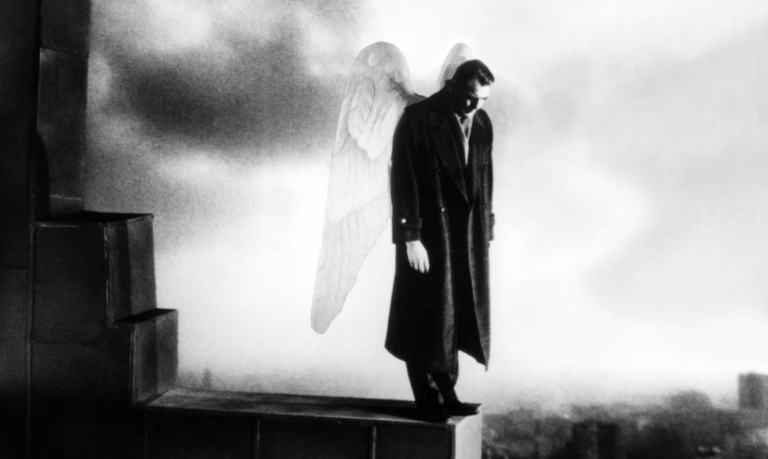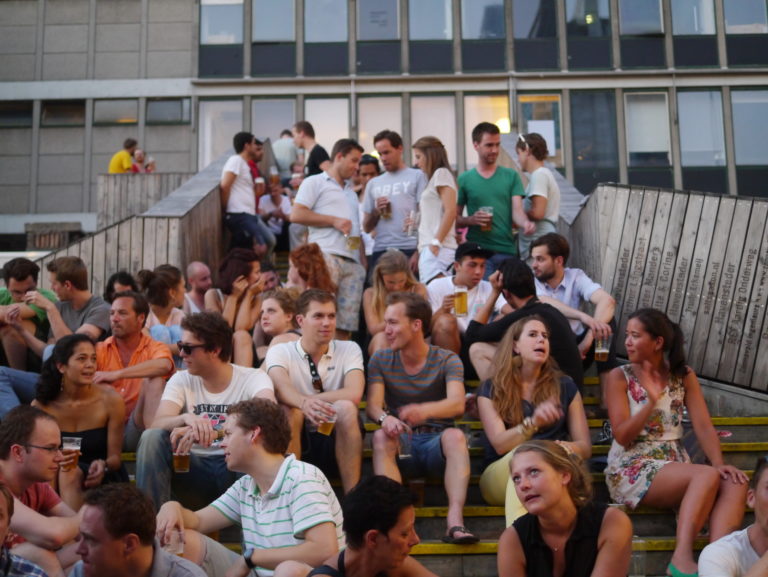Perfect day trip from Stockholm: Drottningholm Palace
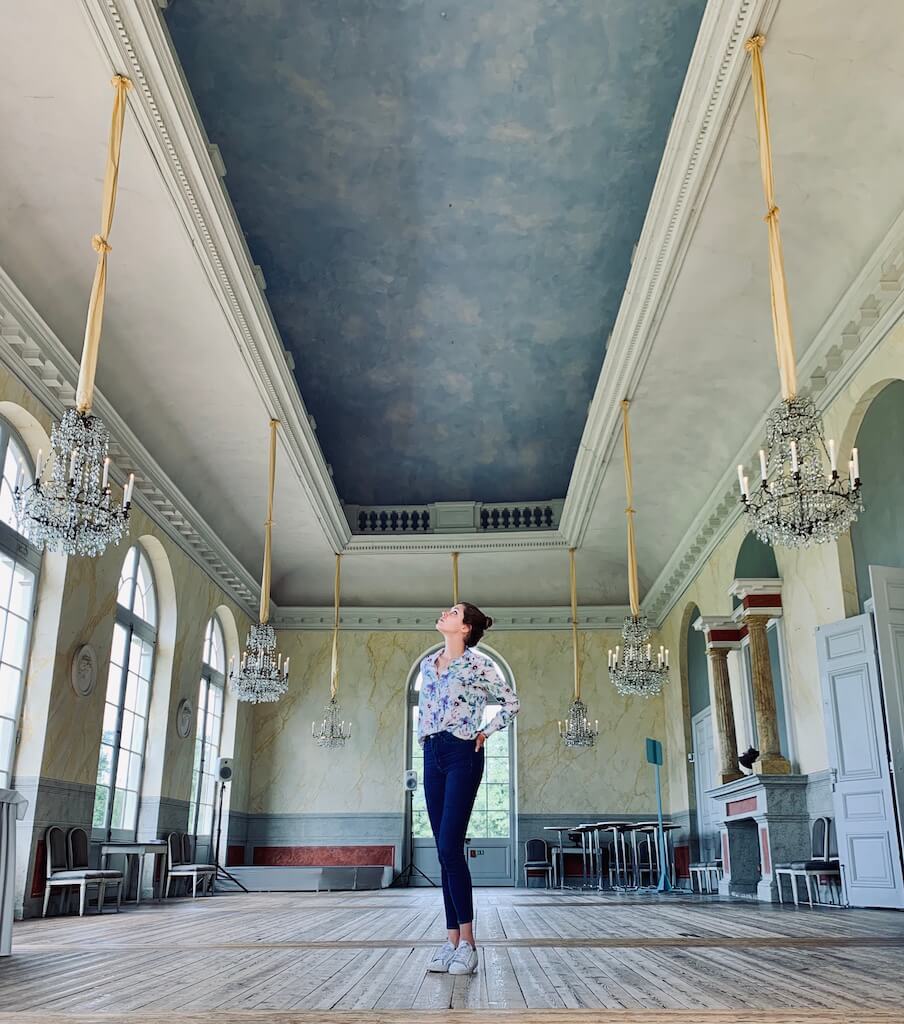
Royal. Regal. Resplendent
When I close my eyes and think of our summer trip to Stockholm, these are the three words that come to my mind.
After North Sealand Denmark and Falun , Stockholm was the third stop on our UNESCO World Heritage Journeys of Europe roadtrip. It was our first time in the city and to say that we were pretty excited would be an understatement. The first thing that you appreciate about this city is the feeling of being surrounded by water on all sides. I can’t think of a modern capital in Western Europe that has the same feeling of freedom and tranquility. Spread across 14 islands, we discover a city that is a wonderful mix of dreamy architecture, modern living and of course nature.
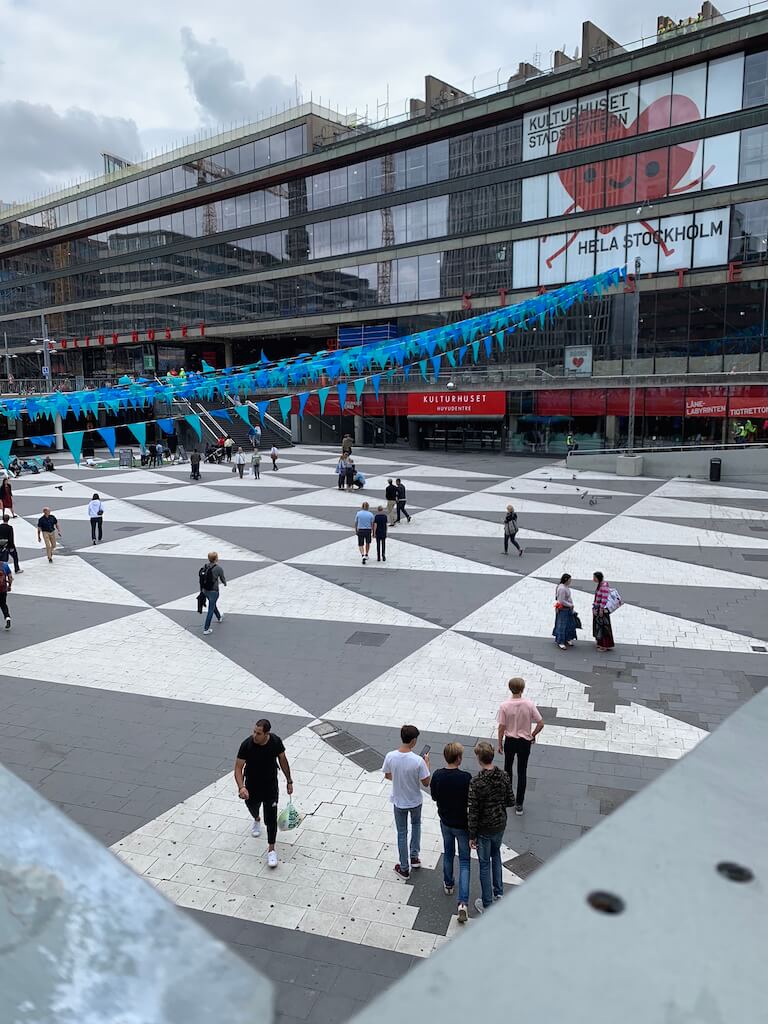
After checking into our fantastic hotel meets hostel, the Generator Stockholm, we spend the rest of the day winding through the narrow lanes, cobbled streets and old market squares of the city’s old town – Gamla Stan. Walking through this part of town in particular, really makes you feel you are in some sort of a Disney fairytale.
While the city does have a wealth of distractions to offer, if fairytales are your thing and you have ever fantasized of what it is like to be king or queen for the day, then do not pass up the opportunity to actually pay a visit to the place that Swedish royalty call home, the dreamy UNESCO World Heritage listed Drottningholm Palace.
There are a number of cheap, convenient options to visit the Palace thanks to the city’s excellent public transport network. However, nothing really beats approaching Drottningholm Palace by boat. From Klara Mälarstrand we hopped on a century old steamer. Lasting an hour in each direction, the journey in itself is a great experience, passing through several islands in the stunning Lake Mälaren. Situated on the edge of a glass mirrored lake, arriving at Drottningholm feels like entering a different dimension. There’s a wonderful sense of isolation that adds to the illusion and grandeur of the place.
APRIL 2020 UPDATE
Because of the ongoing crisis that shall not be named, the gardens are still open but the palace will remain closed most likely till the end of the year.
The Royal Domain of Drottningholm was received as a wedding gift by Queen Hedvig Eleonora. A highly strong-willed, capable woman, Queen Hedvig Eleonora through extensive grand construction projects like Drottningholm and earlier Strömsholm Palace, consolidated the power and status of the Swedish royalty.
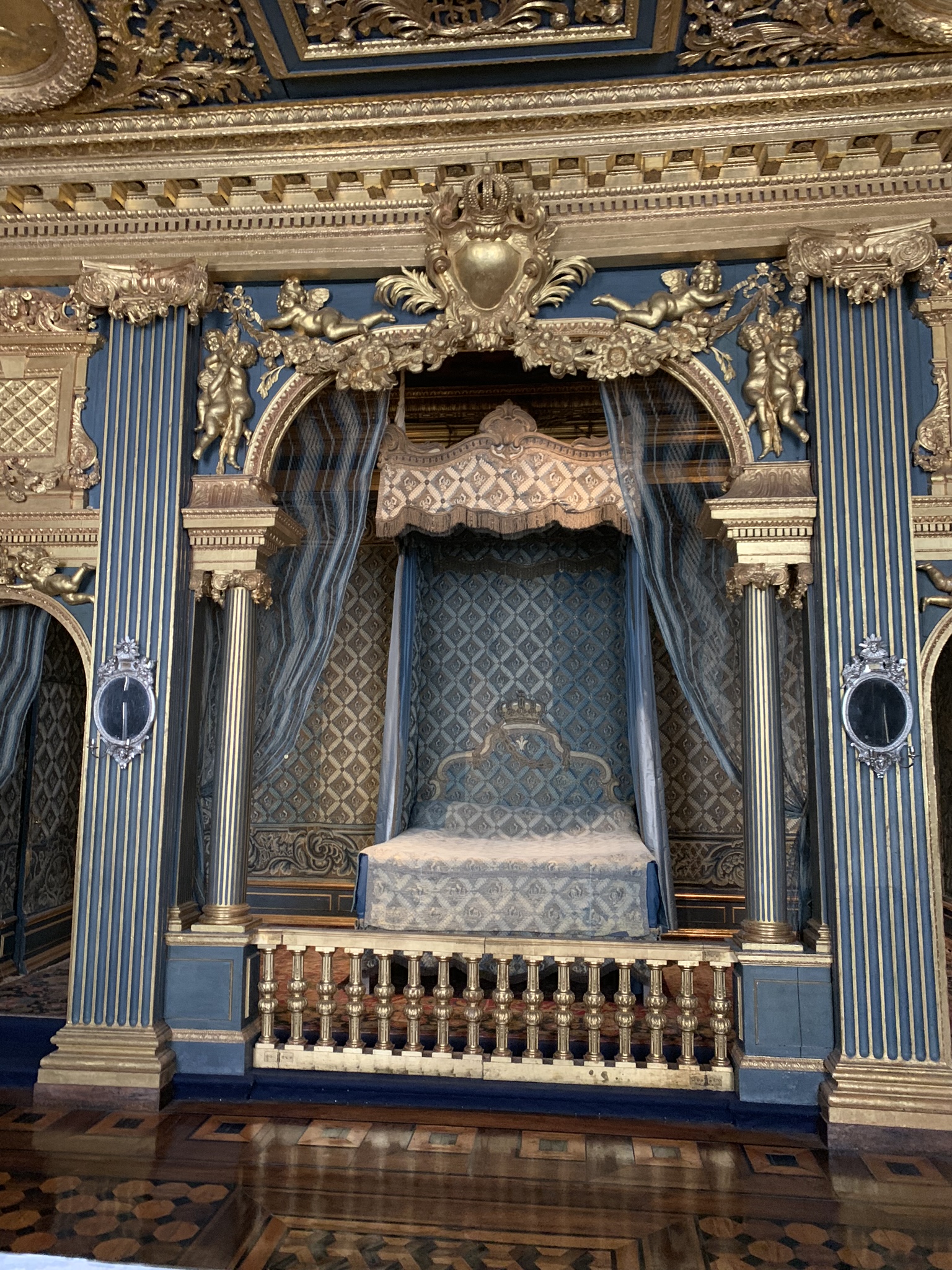
With the aid of considerable resources and the assistance of leading architects and artists of her time, Queen Hedvig Eleonora built a palace at the peak of Sweden’s prosperity. A room resplendent in Baroque glory is Queen Hedvig Eleonora’s state bedchamber. Embellished with gold and deep blue tones it was definitely one of my favourite rooms in the Palace.
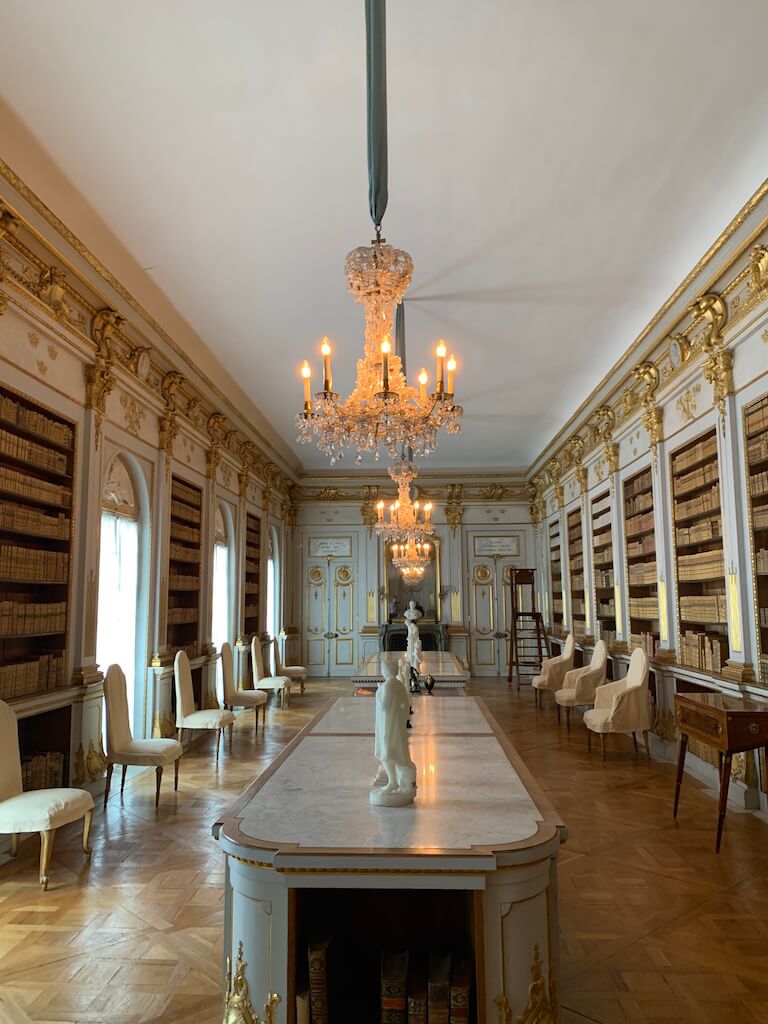
The most beautiful room in Sweden
Another room that catches everyone’s eye is Queen Lovisa Ulrika’s library, often referred to as the most beautiful room in Sweden. Lovisa Ulrika was a keen reader and spoke German, Swedish, French, Latin, Italian and English. Decorated entirely in white and gold, with rich carved wood ornamentation, the library here includes plays, maps, travel journals and books about mathematics, history, science and architecture. Here, The Iliad sits alongside Flora Danica and Rousseau’s Émile. There are also many works by Voltaire, with whom Lovisa Ulrika corresponded.
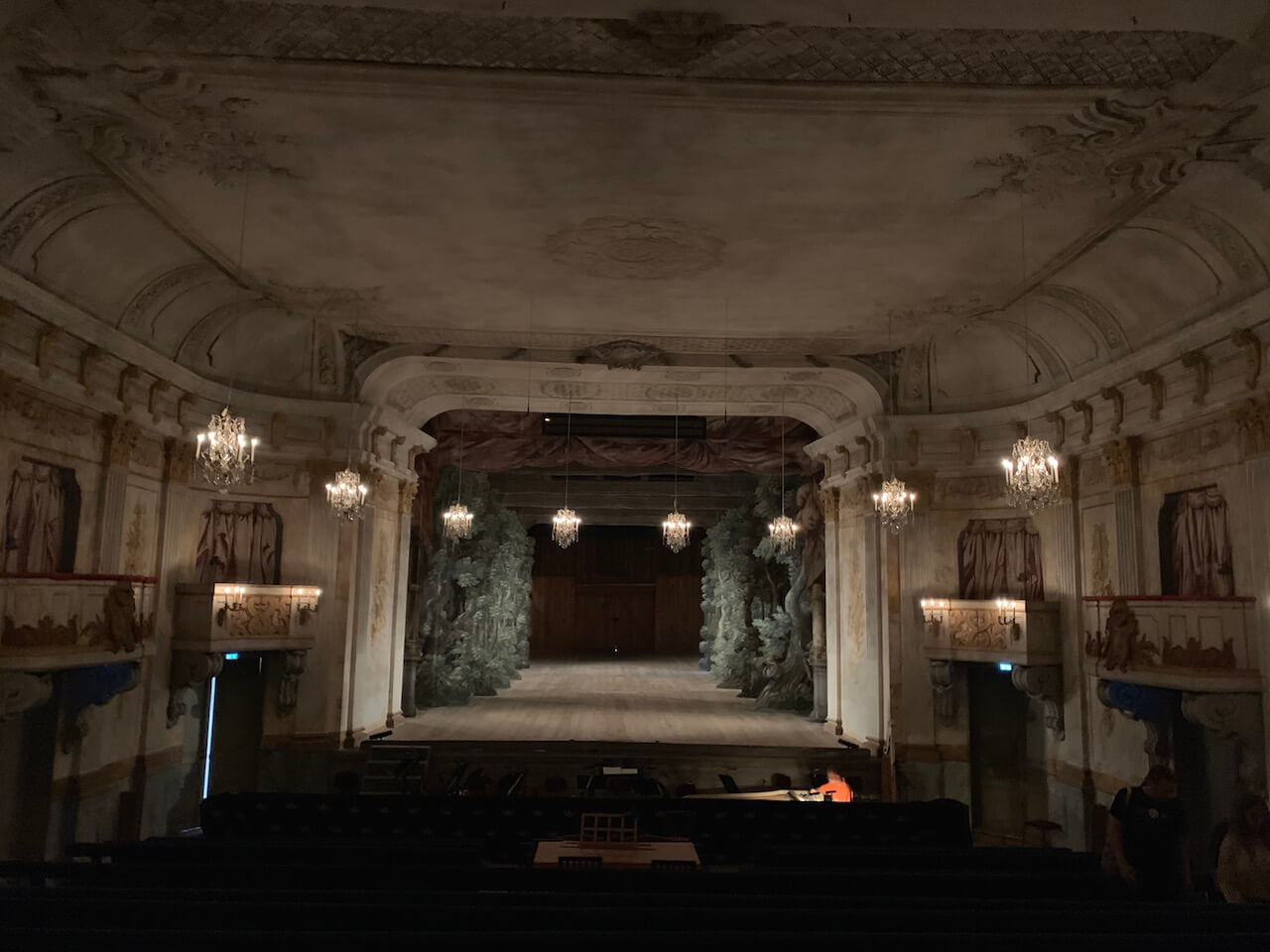
Slottsteater-the oldest working theatre in the world!
My personal highlight of touring Drottningholm Palace was visiting its historic theatre as part of a separate guided tour. Entering the Slottsteater in Drottningholm is like stepping into a time machine. Dating from 1766, it is the oldest working theatre in the world.
The tour starts off with a look at the rooms towards the front of the theatre which were home to artists. Productions would run for the season so the actors would spend considerable time here and on the island. The highlight of the tour is entering the 18th century theatre which has been remarkably well preserved. One of the most unique aspects of the theatre is the stage machinery that is a rare surviving example of common stage effects from its time.
If your guide asks for volunteers to operate the stage machinery, definitely volunteer! Depending on the production, spectators might see one of the 30 original sets, beautifully painted backdrops with subtle trompe l’oeil effects.
Our tour of the theatre end ends in the beautiful dining salon overlooking the English style garden. Built by Gustav III under whose guidance the theatre flourished, the salon would host everything from banquets and concerts to masked balls.
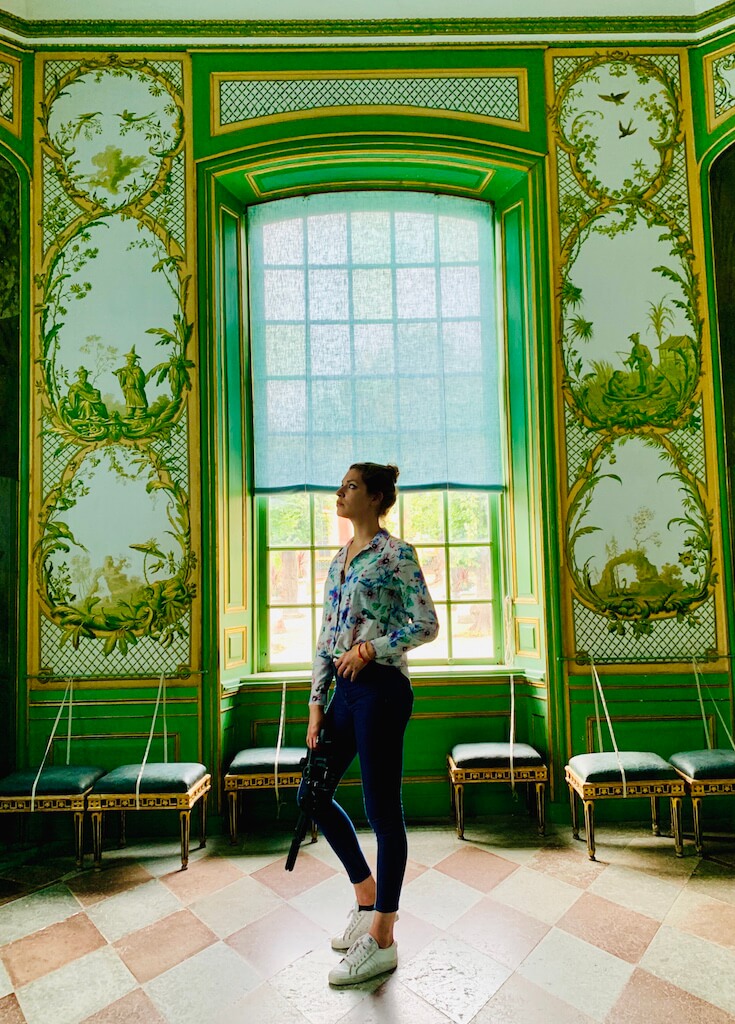
The Chinese Pavilion
Another highlight of visiting Drottningholm Palace is visiting the Chinese Pavilion. A longing of all things exotic and the mysticism of China in the 18th century led to a boom in Chinese motifs in the decorative arts and textiles to pavilions, pagodas or tea houses built in the Chinoiserie manner. The Chinese Pavilion is an embodiment of that Oriental fantasy.The rooms of the Pavilion are full of luxury items brought to Sweden from China by the Swedish East India Company: porcelain, silk, lacquers,
One of the coolest rooms is the dining room which is called the Confidence room. I’ll explain the reason behind the name. The dining and serving table are fixed on a lift device. The tables were set on the floor below the royal dining room and on a given signal were hoisted up through the floor. This meant that the royals could eat their dinner without the presence of servants, en confidence (French for “in confidence”). Another memory that lives on forever is the circular so called ‘Whispering Room’ in the Pavilion where one whisper from one end of the room can be heard by another person on the diametrically opposite end of the room. Apparently this was the way malicious gossip was passed onto fellow courtiers standing on the opposite side of the room.
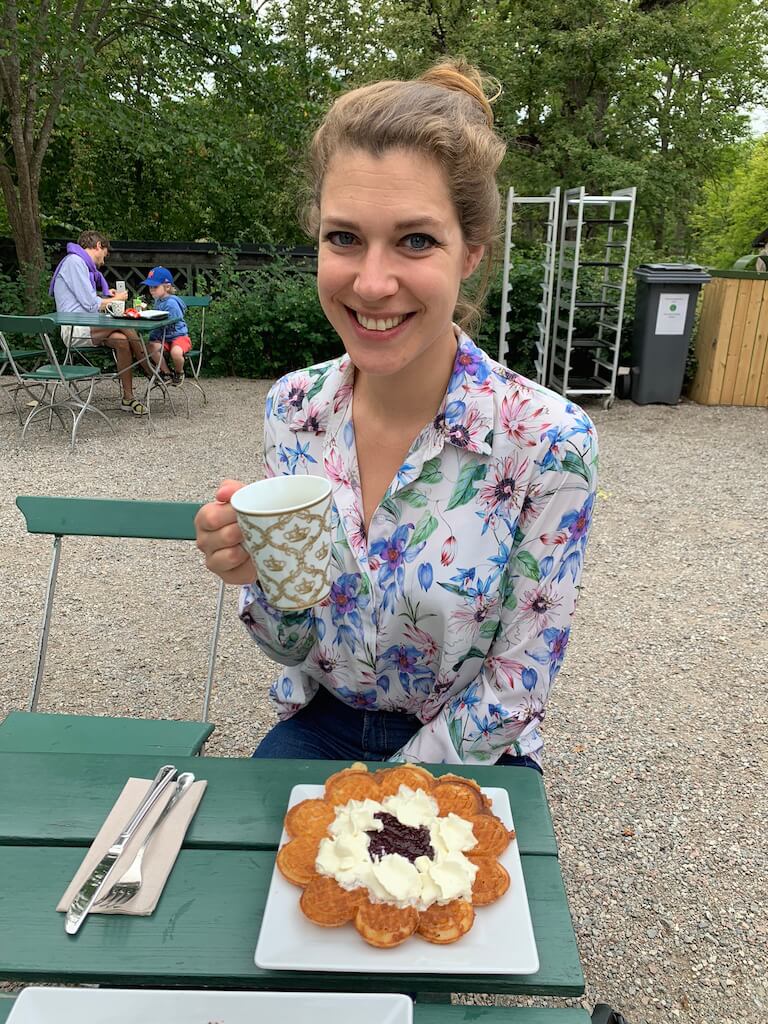
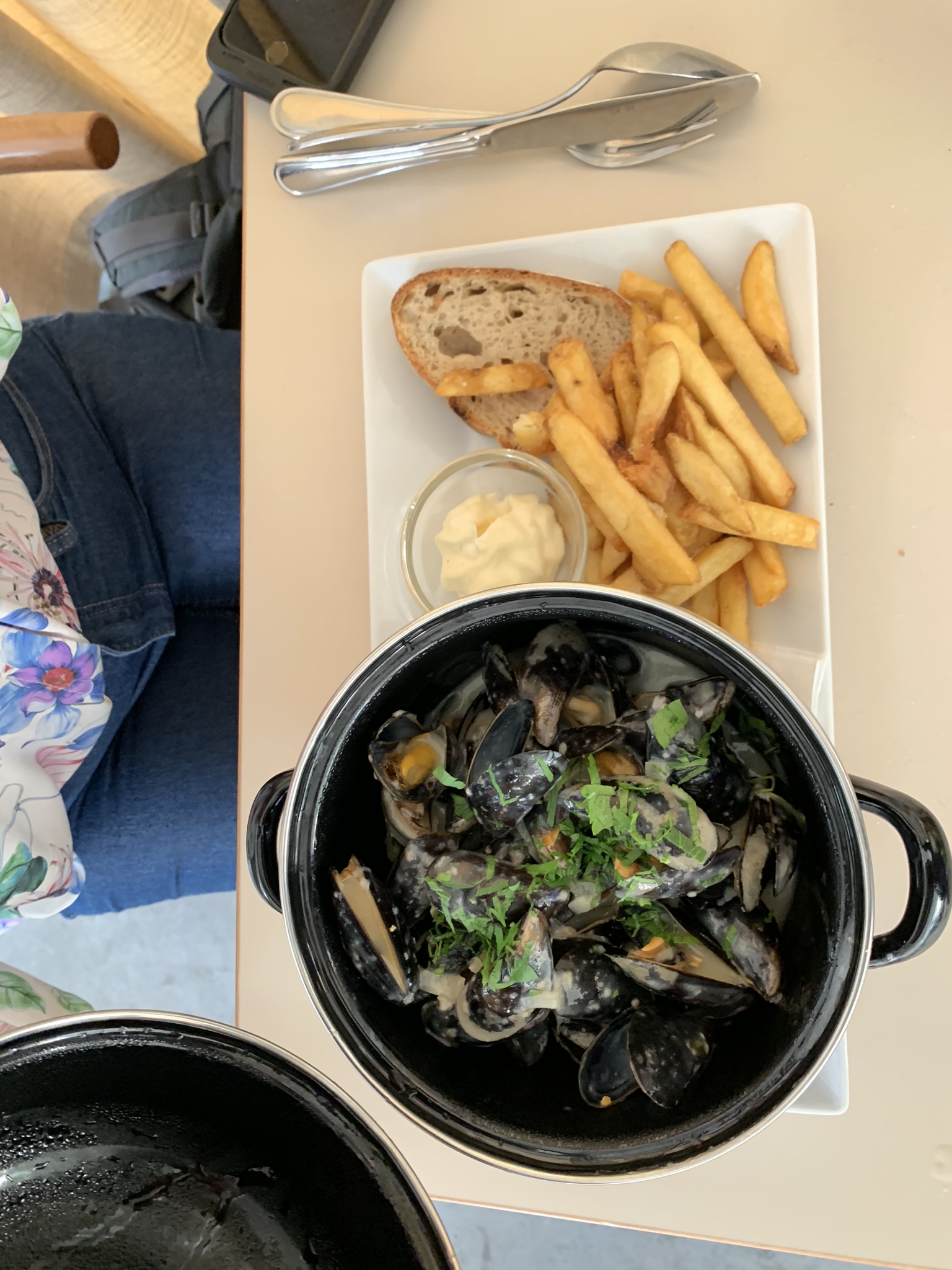
Top tip: Make time to visit the Chinese Pavilion cafe buried in the gardens surrounding the pavilion. It is a small cafe with a lovely outdoor terrace. Waffles here are a must. Also I do highly recommend having lunch in the Karamellan, the Palace restaurant which is housed in a beautiful white building right by the water and the Palace. You can savour the best of classic Swedish home cooking alongside coffee, pastries, sandwiches, beer and wine. It was one of the more expensive meals of the trip but also one of the best. Sabrina tried mussels in a garlic aioli sauce which was amazing. I had baked chard with roe hollandaise, potatoes & broccoli. Great food. Prices for mains start from around the €15 mark.
 “With its palace, perfectly preserved theatre (built in 1766), Chinese pavilion and gardens, it is the finest example of an 18th-century northern European royal residence inspired by the Palace of Versailles.”
“With its palace, perfectly preserved theatre (built in 1766), Chinese pavilion and gardens, it is the finest example of an 18th-century northern European royal residence inspired by the Palace of Versailles.”
UNESCO World Heritage Centre
The Gardens
Modelled on the gardens of Versailles, the dreamy Drottningholm Palace Park was another key highlights of our visit to the Palace and one of the key reasons why Drottningholm Palace, Sweden’s first World Heritage site, appears on the UNESCO World Heritage List. Open all year round and free to visit , walking through the gardens you can see the key influences from each of the major eras of Europe’s gardening design and landscaping movements.
The gardens consist of three sections: the Baroque Garden, The Chinese Pavilion, and The English Garden.
The Baroque Garden which is the oldest of the three, was created by Queen Hedvig Eleonora in the 1600s alongside the palace. Bordered by four rows of lime trees, the key features of the garden include a long avenue with box-hedges, the Hercules fountain and a number of bronze sculttures which were created by the leading sculptor of the Baroque period, Dutchman Adriaen de Vries. The Rococo gardens built around the Chinese Pavilion in 1700’s with its distinctive chestnut tree-lined avenues shows an evolution in style, abandoning the strict, ordered and symmetrical style in favour of something more wild and natural. The third and youngest garden is the English Garden which was in many ways the exact opposite of the careful symmetrical style of the French gardens with its curving walkways, extensive lawns plus meadows, canals and beautiful bridges. All these three gardens represent a portal to the different artistic ideals across several centuries.
To summarise, Drottningholm Palace is definitely a must visit.
The beautifully isolated location far from the hustle and bustle of Stockholm feels like a different world altogether. From its charming historic theatre to its exotic Chinese Pavilion, which shows you the influences of the period to the grandeur of its parks which were influenced by Versailles to finally the palace itself, which sums up the pomp and circumstance of the great Royal era – it is all truly magnificent. Lovingly preserved, visiting here feels like entering into a time capsule of how life was in 18th century Sweden.
Essentials: Royal Domain of Drottningholm, Sweden
How to Get There
There are a number of options for visiting Drottningholm Palace which is just 15 kilometres from Stockholm. The most budget friendly option is choosing a combination of subway and bus- take the Green subway line from Stockholm Central and then connect with bus 176/177 at Brommaplan which should not take more than 30 minutes.
During the summer the more expensive but dreamy option is taking the boat from the harbour at Stockholm City Hall. Leaving every hour, the Strömma boat takes less than an hour and is a wonderful experience in itself.
APRIL 2020 UPDATE
Because of the ongoing crisis that shall not be named, the gardens are still open but the palace will remain closed most likely till the end of the year.
When to Visit
Drottningholm is a year round destination. Worth noting that the gardens are always open and free of charge, every day of the year. The gardens are especially beautiful from May to September, just for the floral experience and fountains alone. The Drottningholm Palace is open daily from May to September, Tuesday-Sunday in April and October and weekends during the rest of the year.
The Chinese Pavilion and the Theatre are open from May to September. Drottningholm Palace may close fully or partly in conjunction with official receptions.
How to Visit
I would recommend spending the day at the Royal Domain of Drottningholm. Take advantage of the official guided tours for a small extra free. Tours are available in multiple languages and helped me understand better the history and stories of this incredible place.
The other alternative is to download the Royal Walks App which guides you through 3 different walks through the World Heritage Site of Drottningholm Palace Park. You can choose from the ‘The World Heritage Walk’ which guides you to the historic buildings in the area or ‘The Garden Walk’ if you are more interested in finding out more about Drottningholm Park’s unique gardens or you can choose the ‘The Sculpture Walk’ which is perfect for those who want to know more about the stunning marble and bronze statues spread throughout the park.
Tickets can be purchased at the palace entrance and at the visitor centre during the palaces opening hours. Please check the official Drottningholm Palace website for more details.
I visited Drottningholm Palace as part of a new storytelling project with UNESCO and the new World Heritage Journeys of the European Union project. This project implemented with the support of the European Union in partnership with National Geographic brings together 34 World Heritage sites through four different thematic itineraries: Royal Europe, Ancient Europe, Underground Europe and Romantic Europe. For more details and plan your own UNESCO World Heritage adventure, hop over to the Unesco World Heritage Journeys of Europe website. Big thank you to UNESCO for bringing me to Drottningholm Palace and also a huge thank you to Helena Chreisti and her wonderful team at Drottningholm Palace for the warm welcome. Shoutout also to the lovely people at Visit Stockholm and Visit Sweden UK for supporting the trip.
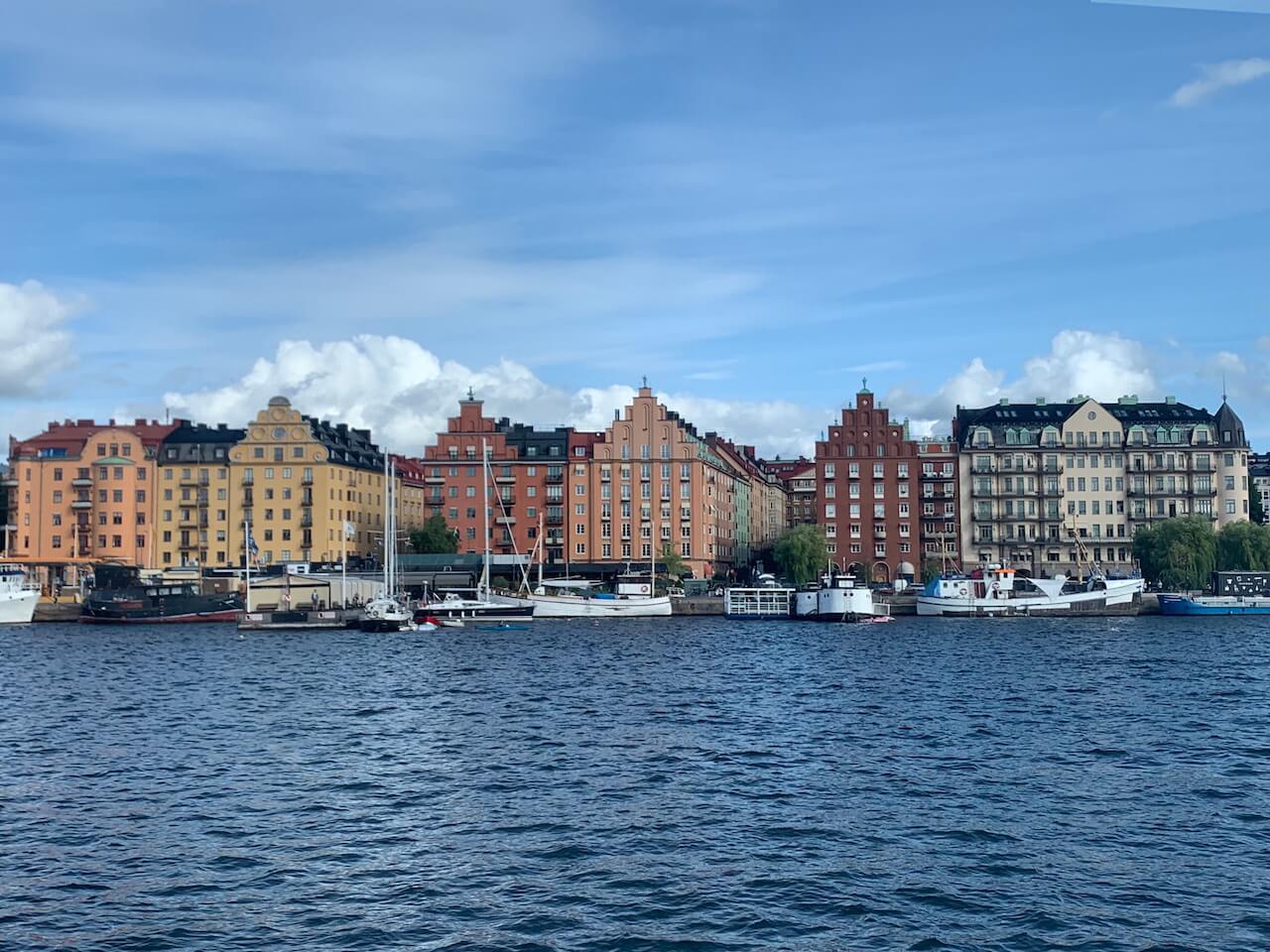

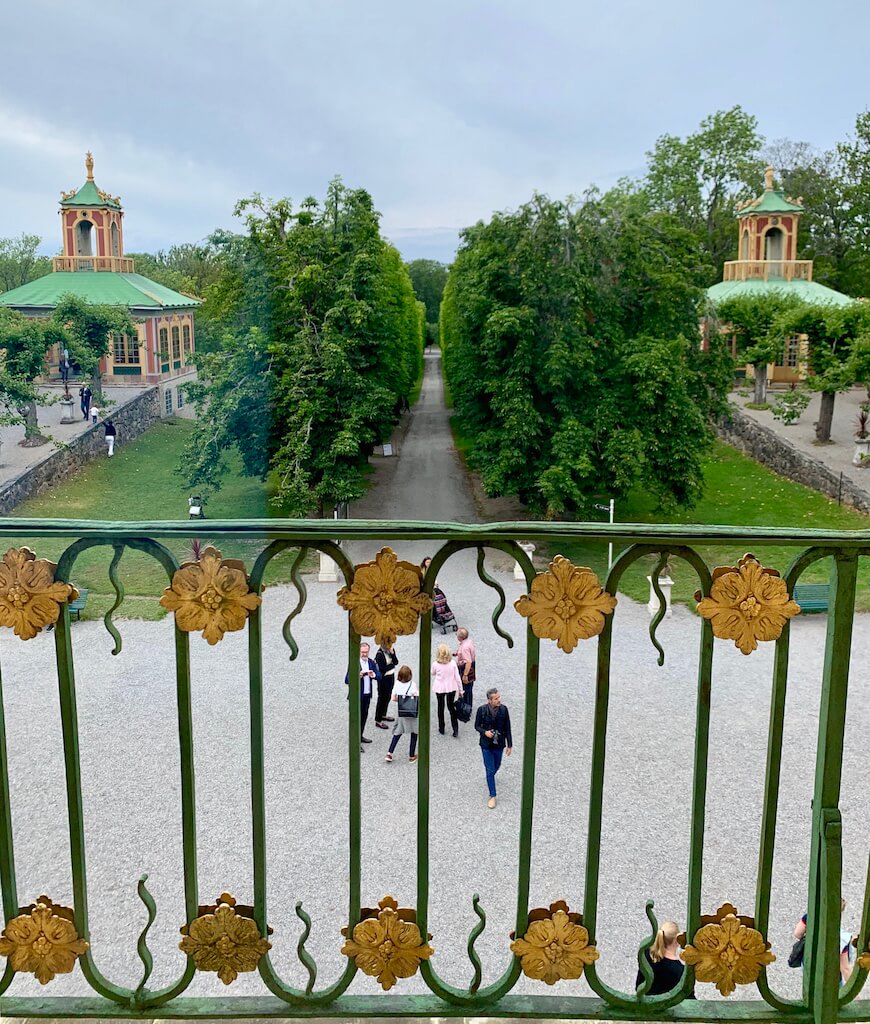
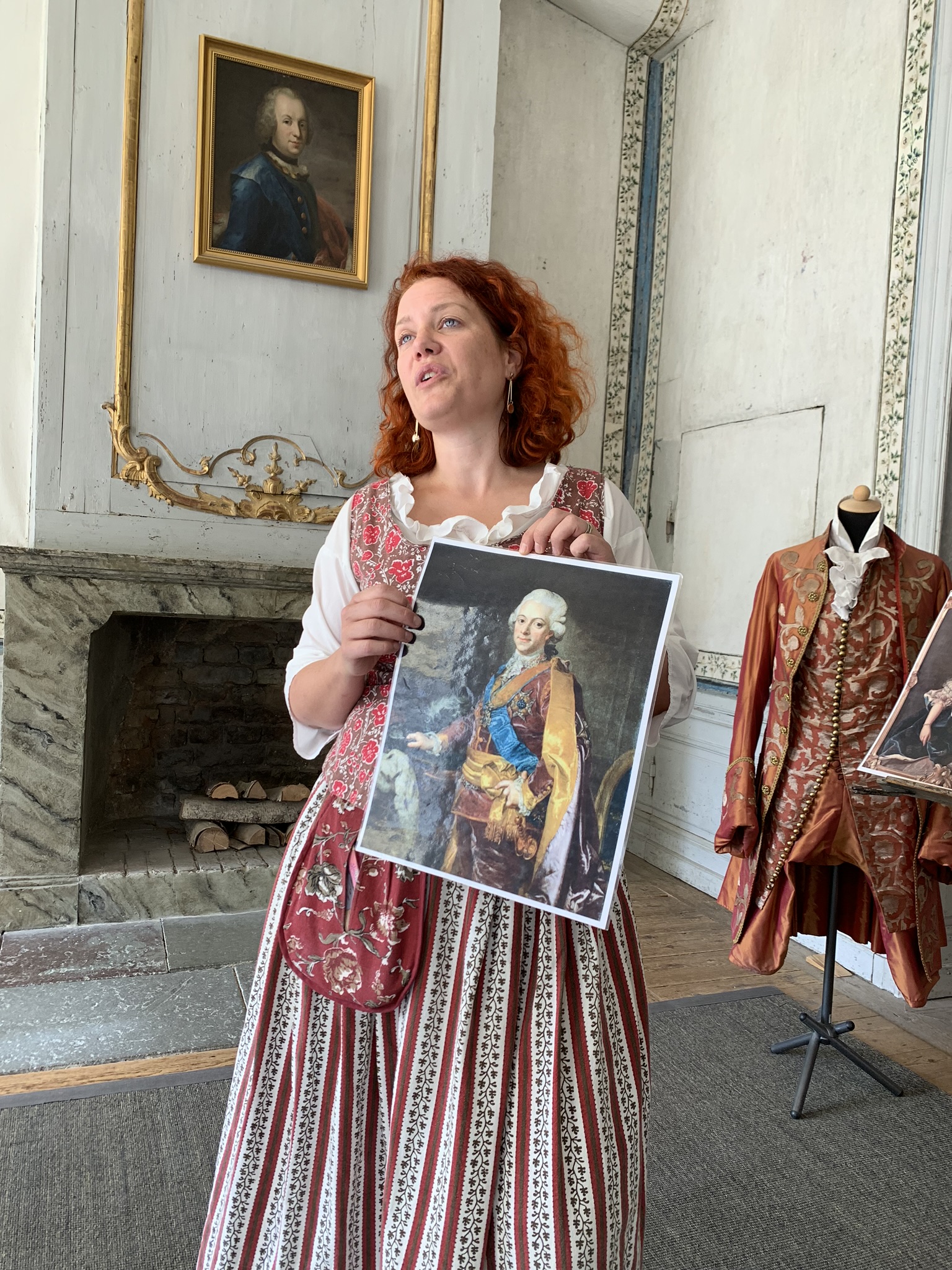
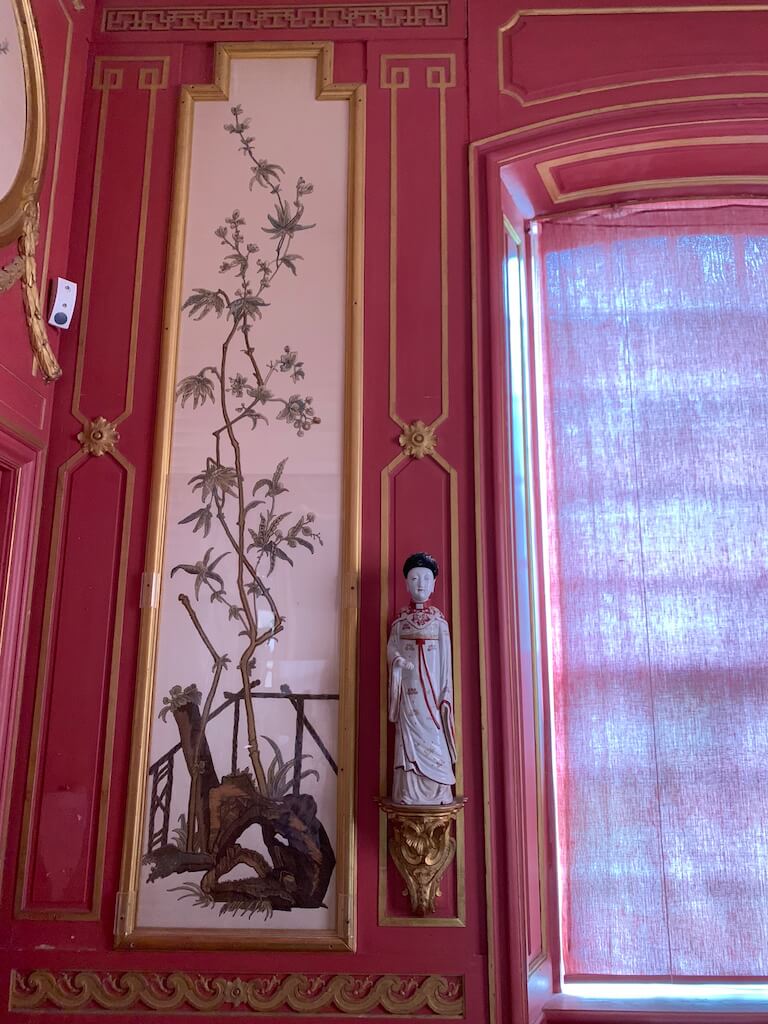
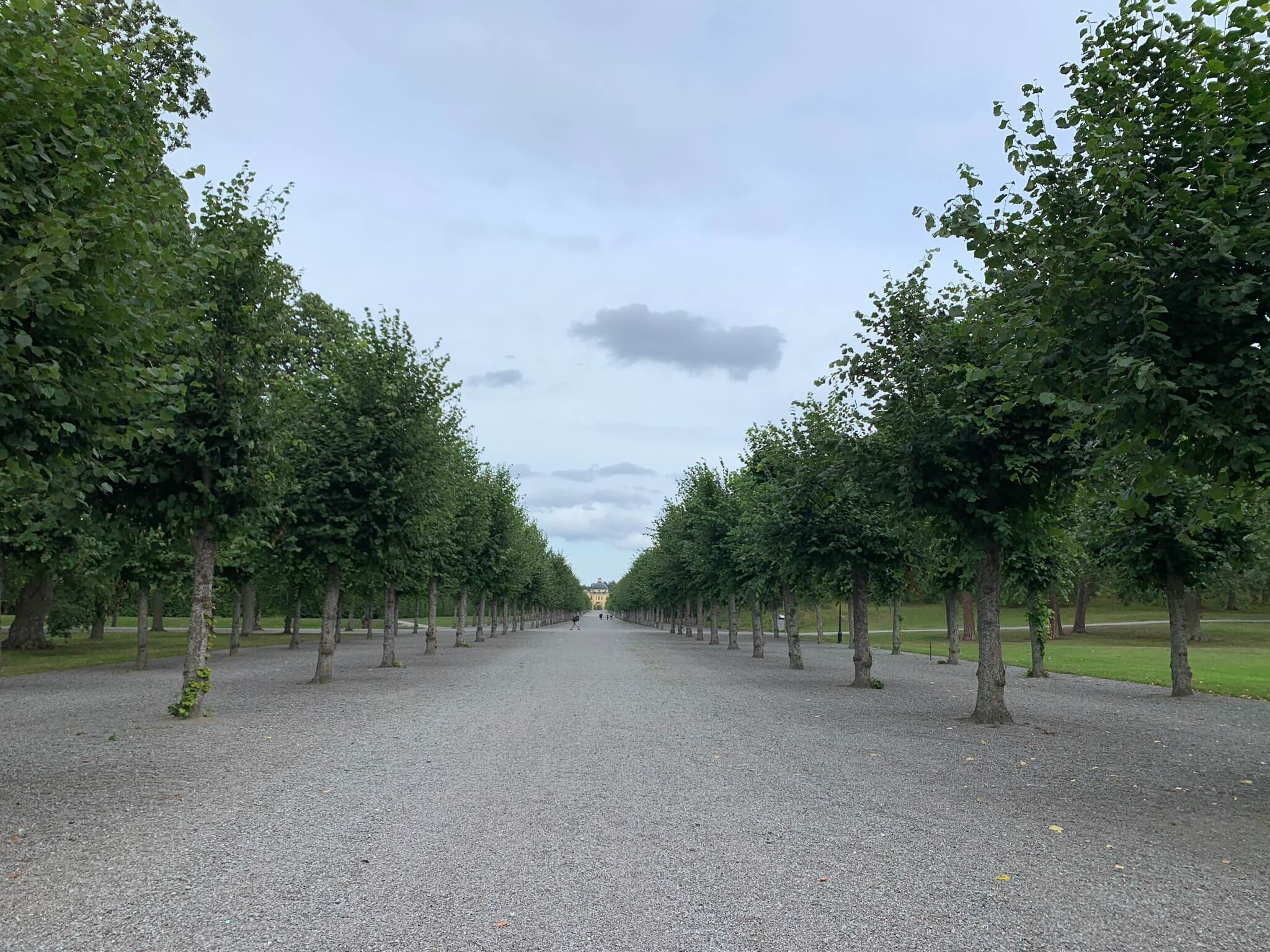
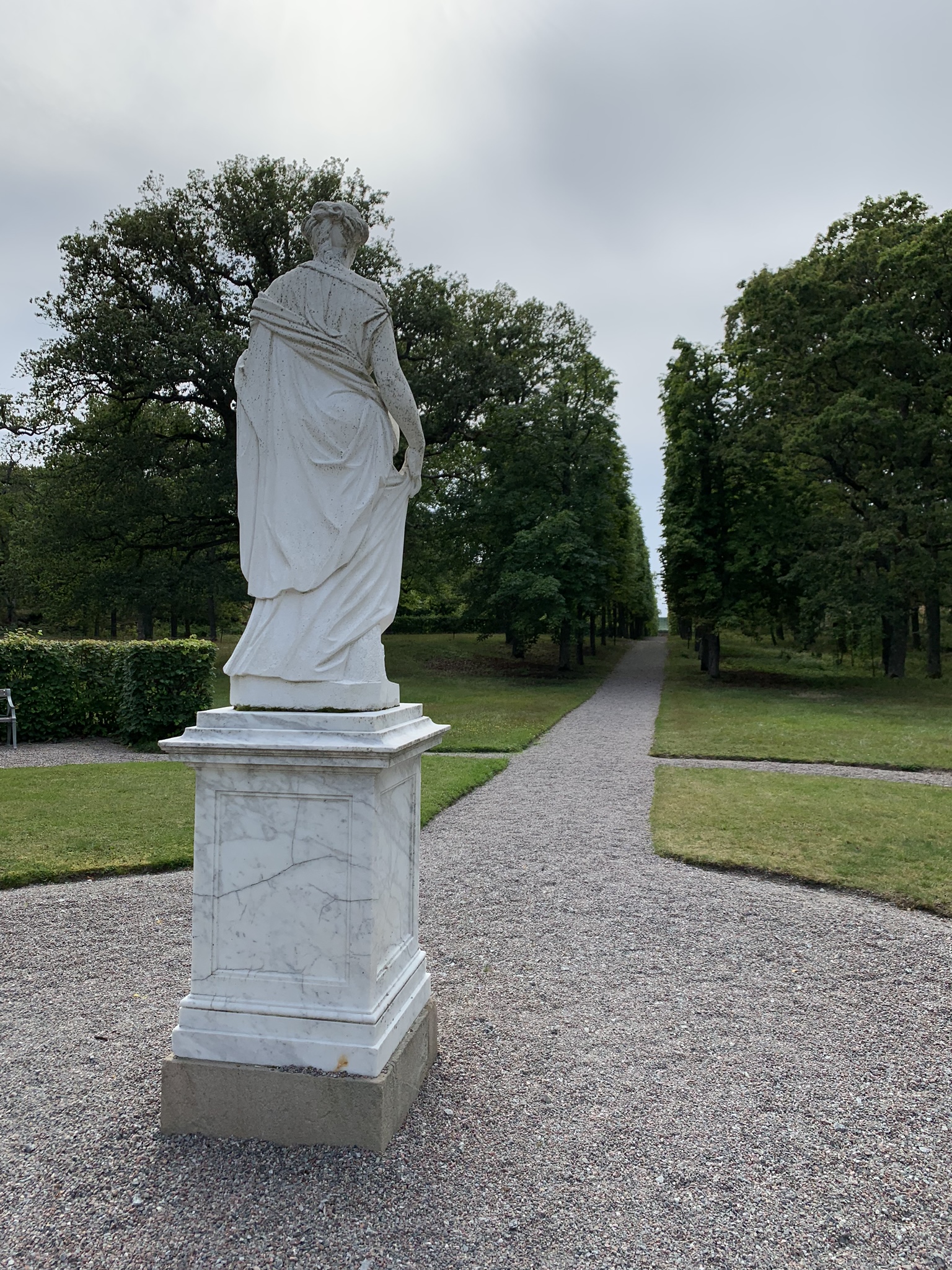 “With its palace, perfectly preserved theatre (built in 1766), Chinese pavilion and gardens, it is the finest example of an 18th-century northern European royal residence inspired by the Palace of Versailles.”
“With its palace, perfectly preserved theatre (built in 1766), Chinese pavilion and gardens, it is the finest example of an 18th-century northern European royal residence inspired by the Palace of Versailles.”